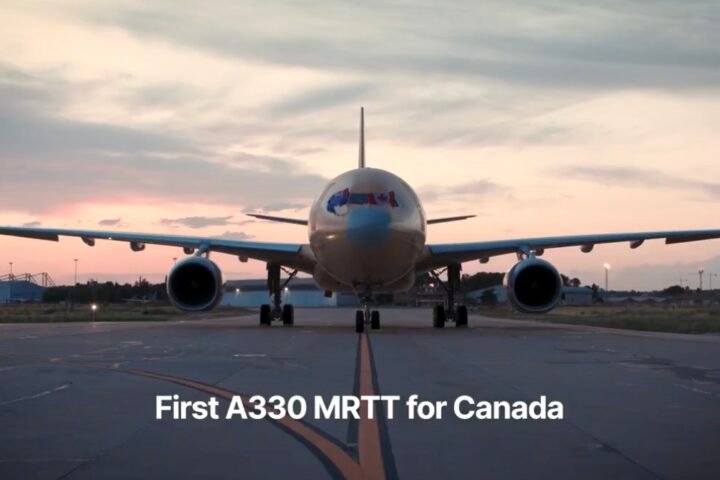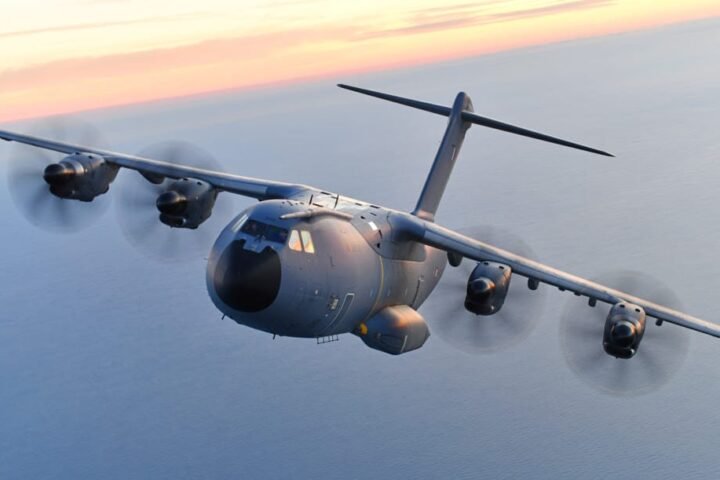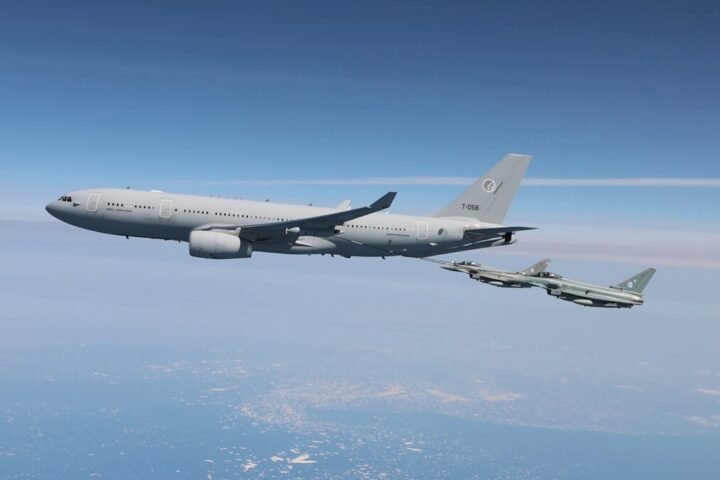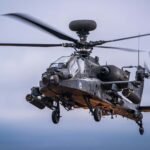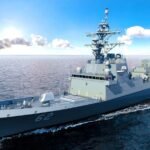In the European defense scene, the FCAS (_Future Combat Air System_) program is an ambitious gamble on the air supremacy of the future. A strategic partnership that involves **France, Germany, and Spain**, aimed at developing an integrated sixth-generation weapon system by 2040, centered on a new stealth fighter, the **New Generation Fighter (NGF)**. But behind the apparent cohesion between member states hides a much more unbalanced reality.
According to what was published by [**Hartpunkt**,](https://www.hartpunkt.de/fcas-erhaelt-frankreich-80-prozent-am-neuen-new-generation-fighter/) **France – through Dassault Aviation – would like to control about 80% of the industrial work on the fighter itself, and the Elysée would be ready to politically support this request towards Germany**. A crushing percentage, leaving only marginal roles to the German and Spanish counterparts. For Berlin and Madrid, who are among the main financiers of the program, this is a cold shower: the illusion of shared leadership now seems surpassed by facts, at least for now.
#### **Dassault in control**
This is certainly not an absolute surprise. The CEO of Dassault, Éric Trappier, has long claimed a leading role for his company, strong from its long experience in the design of fighting aircraft. Trappier stated that **Dassault could develop the new fighter in complete autonomy, without the external support of anyone**.
For France, the New Generation Fighter is not just a plane: **it is the political and military heir of the Rafale**, and it will probably be called upon to continue a **long tradition of multi-role attack aircraft exports around the world** as well as to guarantee the nuclear deterrence ability of the Force de Frappe.
In this context, Dassault’s claim to maintain control over all critical components of the NGF is inscribed: **aerodynamic design, mission architecture, flight systems, and sensing**. All essential pieces in the development of a Sixth-Generation aircraft, and all in French hands.
#### **Germany questioning**
Germany, mainly represented by **Airbus Defence and Space**, observes this dynamic with growing irritation.
As reported by [**Hartpunkt**](https://www.hartpunkt.de/fcas-erhaelt-frankreich-80-prozent-am-neuen-new-generation-fighter/), **Christoph Schmid**, SPD MP and reporter for aviation and the FCAS program on the Bundestag’s Defense Committee, has confirmed for some time to have known, through industrial circles, about the **pressures of Dassault to obtain a majority share of the work on the fighter**.
Schmid does not mince words: **if Paris were indeed to formalize the request for an 80% share and not back down**, it would be the **”death knell” for the joint project**.
“**Such a proposal is unacceptable,**” he declared in an interview with [**Hartpunkt**](https://www.hartpunkt.de/fcas-erhaelt-frankreich-80-prozent-am-neuen-new-generation-fighter/), underlining that accepting such an imbalance would mean giving up sovereignty, independence and – in essence, **funding a French fighter with German funds**.
**The comparison with the Eurofighter program** is ruthless: in that case, Germany plays a leading role alongside the United Kingdom, Italy, and Spain. With FCAS, however, it risks **receding to a lower level**, simply becoming **passive respecto to the choices of the Elysée**.
#### **The game of drones**
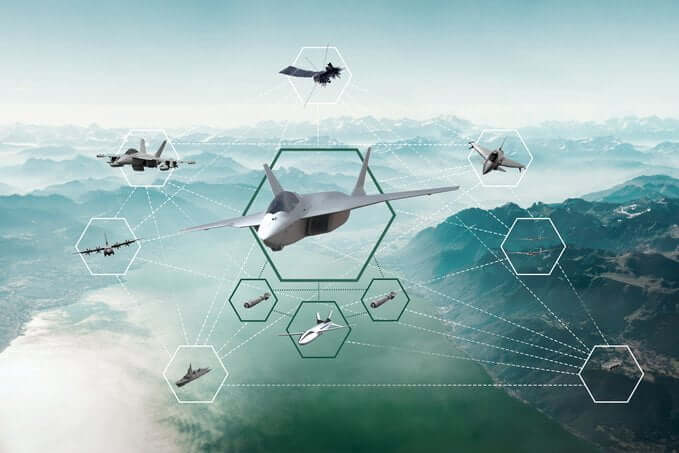
There is however one area where **Airbus is trying to carve out a more central role**: development of the **remote carriers** or **loyal wingmen**- combat drones who’ll accompany the NGF on a mission. In this niche, the German group is trying to establish itself as a European reference. However, the comparison with Dassault isn’t easy: France is already active in developing stealth autonomous aircraft, and **does not intend to relinquish too much ground**.
In addition, loss of work distribution in the NGF **might not be simply recovered with the development of the program’s unmanned component, both in terms of technologies and workforce**.
#### **Strategic differences**
Further complicating the picture, there are fundamental political and strategic divergences. For example, France considers technological independence crucial and is determined to maintain a weapon system that can **operate in full autonomy**, even from a nuclear deterrence point of view. Conversely, Germany **seems more willing to integrate U.S components**, both in electronics and in information sharing, **seeking a balance between Europe and NATO.**
#### **Uncertain future?**
The risk, at this point, is that FCAS transforms into an updated version of the Rafale, with **a European label but a wholly French heart**. For Germany and Spain, the choice becomes delicate: to accept a marginal role, or to question the entire framework of the program, perhaps looking with renewed interest at the other vital European project, the **Tempest**, guided by the UK, Italy, and Japan.
#### The Tempest?

The industrial and military politics operation behind the Tempest has allowed for the **creation of specific structures capable of maintaining balance among the three countries involved** with their head companies (Italy – Leonardo, UK – BAE Systems, and Japan – Mitsubishi).
A division of work, sharing of technologies, production of many other elements have been **immediately put on the negotiation table for the creation of GIGO** (GCAP International Government Organisation) **and the Joint Venture Edgewing** between the beforementioned companies, the two entities that will push the program’s development forward.
This does not mean that there will never be issues of discussion between the various partners involved in Tempest’s development, as is the case with FCAS, but certainly, **measures have been taken to address and overcome the problems without questioning already indicated key points of the program, such as technology sharing, patent use, and attribution, etc.**


